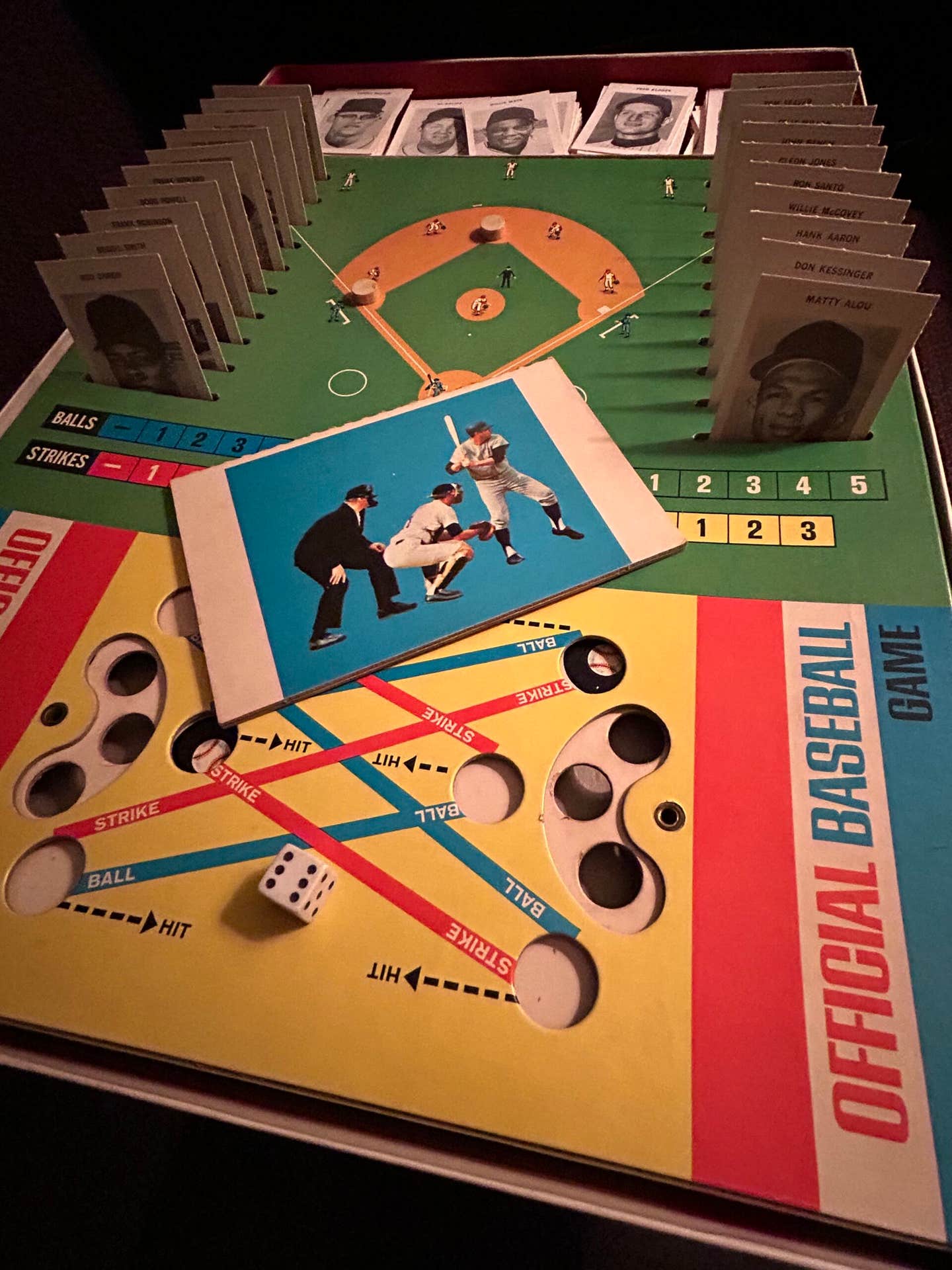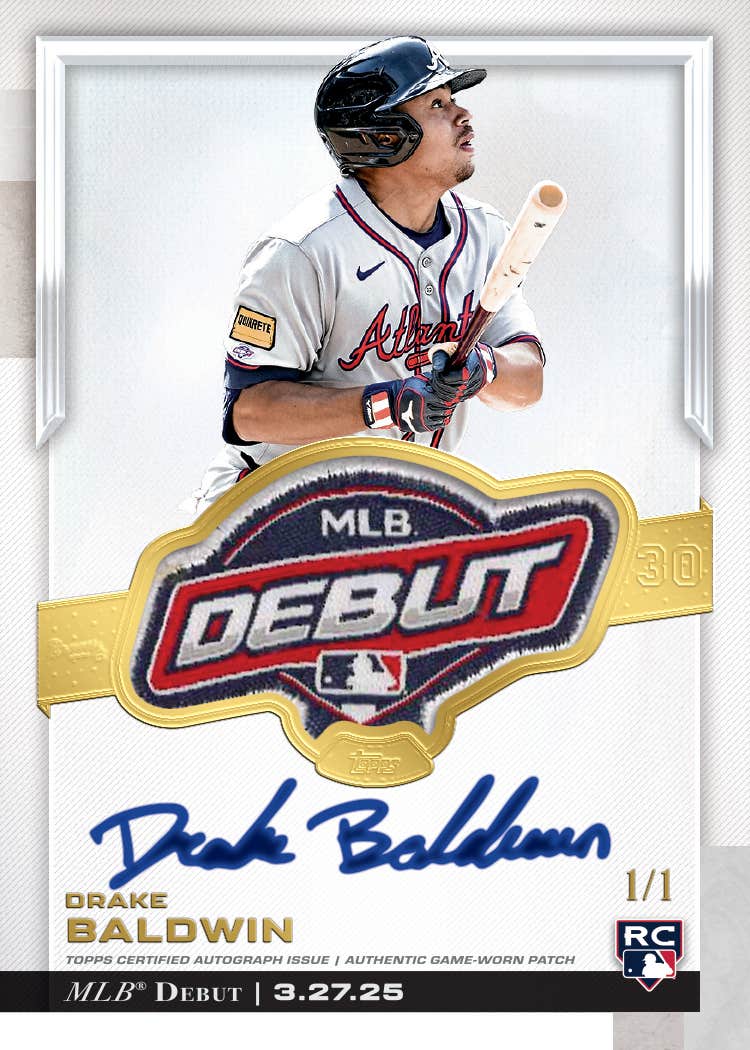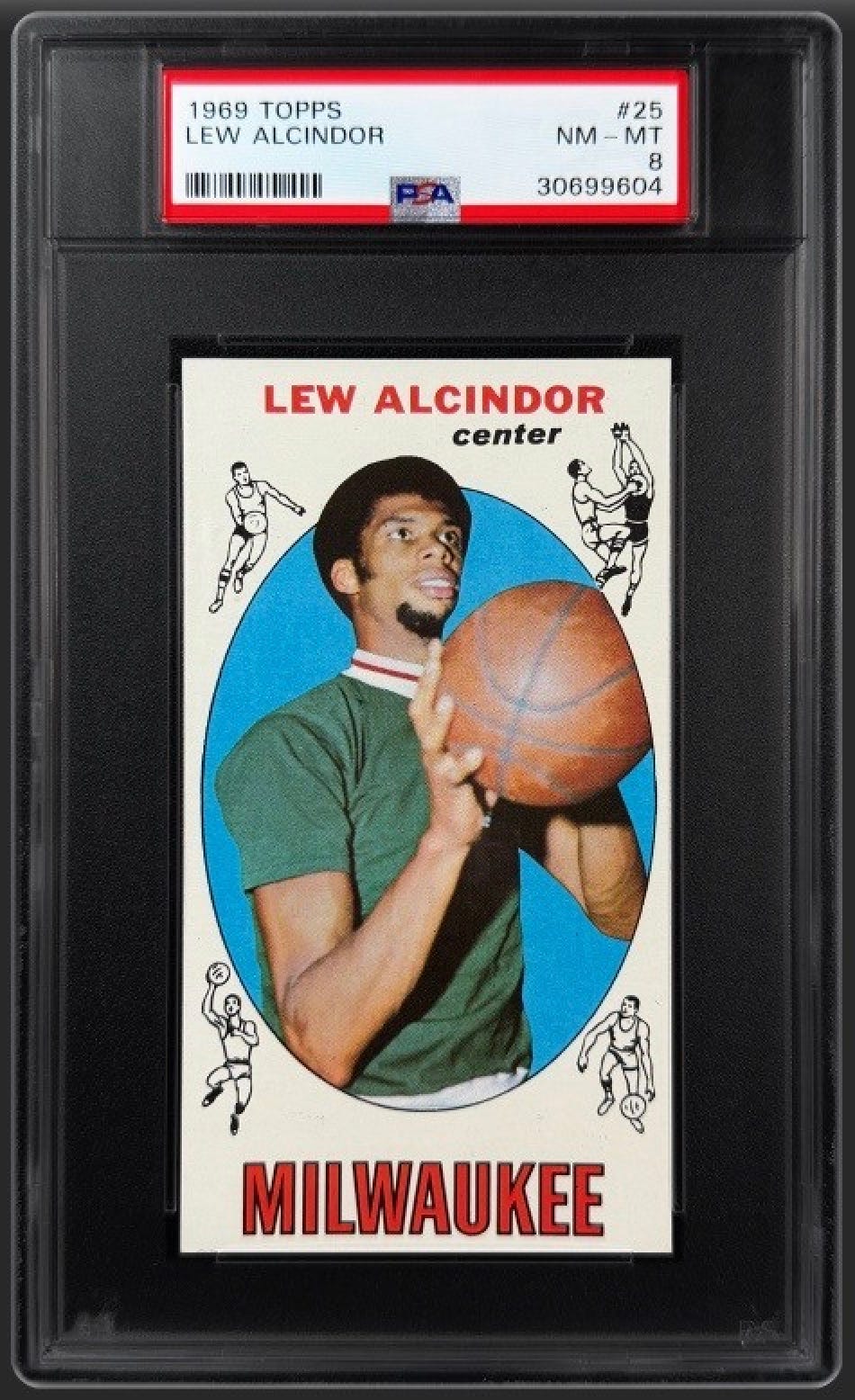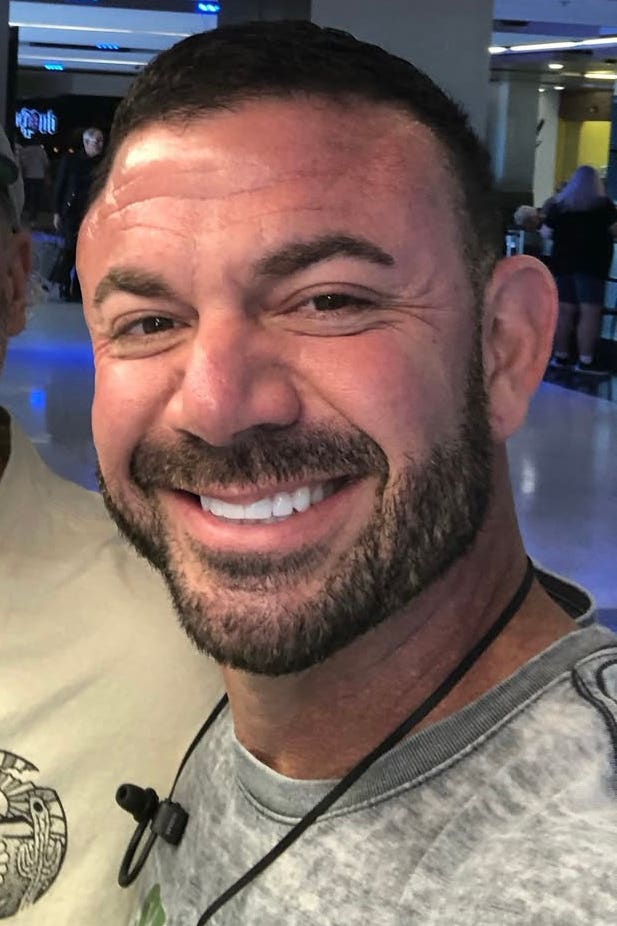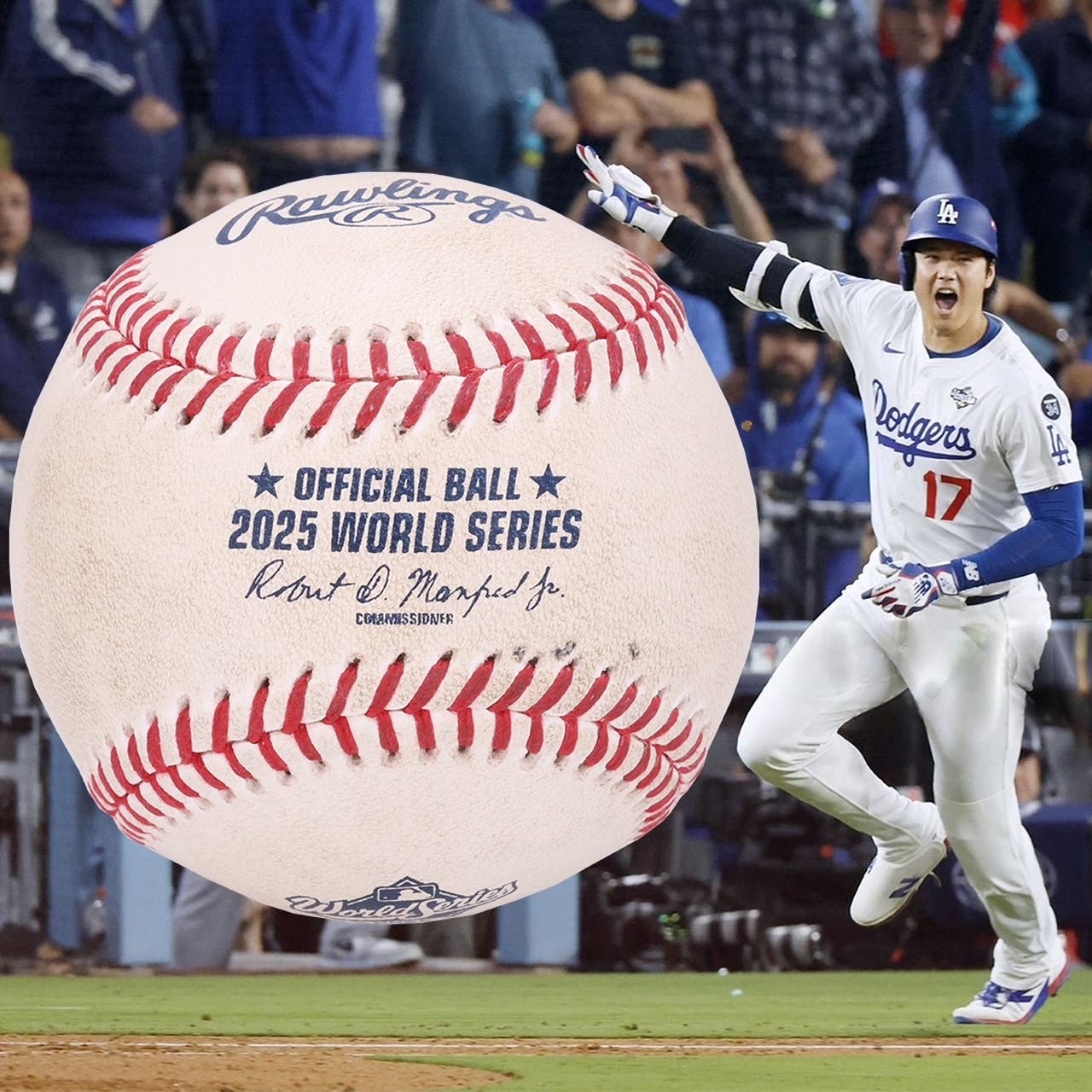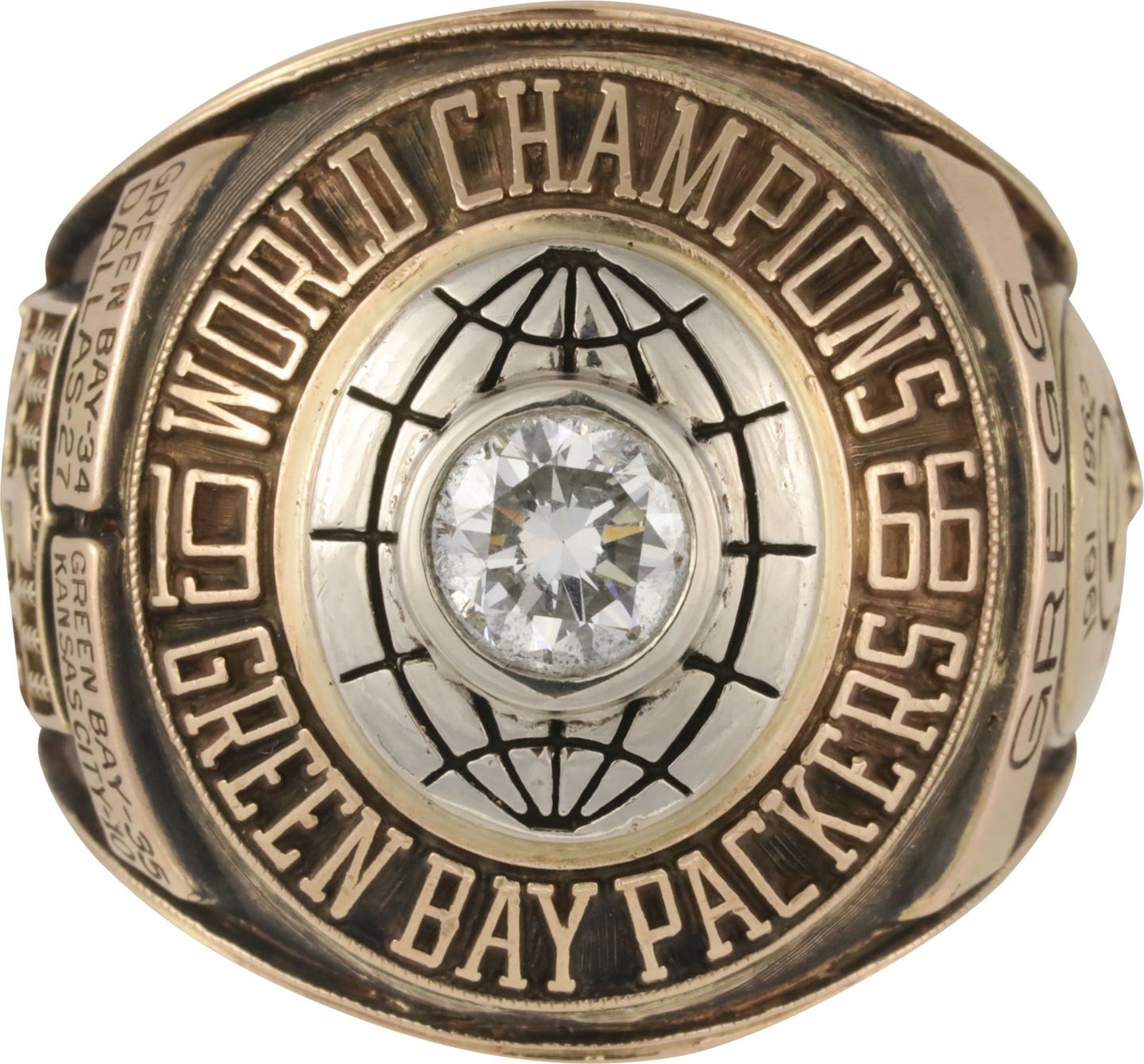News
Baseball fans, collectors share stories with Hall of Famers, add to book collections at annual SABR convention
Anyone who doubts baseball is the National Pastime should spend five minutes at a SABR convention.
More than 600 fans—ranging from rabid to casual—attended the 52nd annual conference of the Society for American Baseball Research Aug. 7-11, and that’s not even 10 per cent of the membership.
So many collectors were there that publishers sold books and solicited new authors in a separate room, the group’s Baseball Cards committee held its annual meeting, and leaders of regional chapters exchanged ideas on how to attract new members.
But the highlights, for most who were there, involved panel discussions featuring four Hall of Famers who played for the Minnesota Twins, plus live baseball at Target Field, where the Twins played the Cleveland Guardians in the nightcap of a split doubleheader. There was also a trip to a home game of the St. Paul Saints, Minnesota’s Triple-A affiliate, and a behind-the-scenes tour of the major-league ballpark.
Former teammates Rod Carew and Tony Oliva, who roomed together on the road for 11 years, headlined the Hitters’ Panel, while Jim Kaat and Bert Blyleven led a Pitchers Panel that also included former Twins LaTroy Hawkins and Glen Perkins.
All agreed that baseball was better when they were in uniform—a concept the audience accepted without much dissent.
“The game today is not played the way we played,” said Carew, who remembers his coach at New York’s George Washington High School saying that he wasn’t good enough to go pro. “A lot of young players don’t know how to play the game because they weren’t taught. Everybody wants to be the hero and wind up striking out too much. A lot of kids are not using their sixth tool: their brain.”
Carew credited Billy Martin with keeping him in the majors.
“He wanted me to stick while everyone else wanted to send me down,” said the former infielder, who went on to win Rookie of the Year, the same honor Oliva had won years earlier.
An 18-time All-Star with the Twins and Angels, Carew also captured an MVP trophy. He won seven batting crowns while batting .328 during a career that lasted 19 seasons. Oliva hit .304 in 15 seasons, leading the American League in hitting three times while making eight All-Star teams. He was hampered by bad knees that needed seven surgeries.
Both Kaat, a lefty, and Blyleven, a right-hander born in The Netherlands, were control artists who threw lots of gopher balls because their pitches were always around the plate. Kaat gave up three home runs in a row twice but still won 283 games, five fewer than Blyleven.
“My dad was a huge Dodger fan who used to listen to Vin Scully,” Blyleven said. “He loved Frank Howard. So we played Washington and Dad said, ‘What did Howard do against you?’ I told him he went 0-for-3 and struck out once. He hung up on me.”
Both hurlers had their personal nemesis: Lu Clinton for Kaat and Jack Brohamer for Blyleven.
But Kaat had Reggie Jackson’s number, fanning him 25 times in 57 at-bats.
BOOK COLLECTORS
Among audience members paying apt attention to the panels was Tom Zocco, a Connecticut resident attending his 49th SABR convention, including every one since 1974.
“You learn a lot of things at the presentations, go to ballparks you’ve never seen before, and get to see all your baseball friends again,” he said. “I walk out with an armful of books every year.”
Zocco, 76, not only holds the record for attending the most SABR conventions but may also be the group’s biggest collector. He owns 1,900 hardcover books, plus copies of The Sporting News, Baseball America, and USA TODAY Baseball Weekly in binders.
“I had to build bookshelves on the top floor of my house,” he said. “That forced me to move downstairs. There wasn’t any place for me to sleep upstairs anymore.”
Retired since 2010, Zocco attends meetings of the Smoky Joe Wood SABR chapter, sometimes visits chapter meetings in neighboring Rhode Island, and attends occasional games in New York and Hartford. He once won a copy of The Baseball Encyclopedia at a SABR convention.
“At my first convention,” he said, “I heard people talking about the Baltimore Orioles. Then other people were talking about the Pittsburgh Pirates so I tried to listen to two things at once. Somebody was talking to [former MLB journeyman] Don Hoak and I thought, ‘I’ve died and gone to heaven.’ I never knew there were other baseball-crazy people like me.”
Vince Guerrieri could qualify. The 47-year-old writer from Elyria, Ohio has assorted memorabilia, bobbleheads, lineup cards, autographs, and what he calls “an abundance of cards.”
His favorite item is a chair from Cleveland Municipal Stadium, vacated by the then-Indians after the 1993 season.
“I have Bob Feller’s autograph, though he said a baseball without his autograph is worth more than a baseball with his autograph because it’s more rare,” he said. “I’ve been able to meet a lot of current and former Cleveland players and had universally positive interactions.”
A lifelong baseball fan who roots for the Guardians, he attended The National this year because it was close to home.
“There was some sensory overload with more going on this year than in the ones I attended previously,” he said. “They had it in an enormous building that was once an assembly plant for tanks used in World War II. It felt like they used every inch of it too.”
Not surprisingly, Guerrieri is active on SABR’s Baseball Cards Committee.
“SABR has a lot of divergent research interests,” he noted. “We have people researching the Negro Leagues, minor leagues, women in baseball, and sports memorabilia.
“It’s all in good fun. At The National, we got boxes of cards and opened them together. I am fascinated by the 1910 Goudey Napoleon Lajoie because it’s more rare than the T206 Honus Wagner card.”
Like Guerrieri, who delivered a talk that recalled Cleveland’s disastrous Ten-Cent Beer Night, Canadian-born Maxwell Kates also delivered a presentation at the conference.
“I come to SABR because it’s fun,” said the Toronto native, a fan of the Detroit Tigers. “I come to see people, watch baseball, and talk baseball. The program is almost incidental.
“I grew up with the Expos but when they left Montreal, I needed to find a new team. Right around that time, we were trying to find speakers for a SABR meeting and I read about a guy who had gone to the Tigers fantasy camp. A year later, the Tigers came out of nowhere to make the World Series and I was hooked.”
The 46-year-old CPA did a power point on Charles Bronfman, former owner of the Expos, but has previously spoken on changing attitudes toward facial hair for players and which of the 14 expansion teams had the best player draft (“the Kansas City Royals,” he concluded, “and it wasn’t even close.”).
The author of three SABR biographies, Kates served as co-editor of “Time For Expansion Baseball,” along with Bill Nowlin.
BOOKS, BOOKS AND MORE BOOKS
One persistent presence at the convention is Rowman & Littlefield, a publisher that produces up to 10 baseball books per year. According to executive editor Christen Karniski, “We love coming here. Part of it is the enthusiasm of the people who come. They come, look at our books, and we get great feedback from them. We also find really interesting presentations and get to talk with those people about writing books for us.”
Now an imprint of Bloomsbury, which just acquired it, Rowman & Littlefield has come to SABR 12 years in a row.
Fellow exhibitor Rob Taylor of the University of Nebraska has also been a regular.
“It’s worthwhile both for book sales generally, plus building and maintaining relationships with authors in the SABR research community,” he said. “I get approached by writers new to me who have been published elsewhere after they decide what they’re working on.”
Also See: The Best Baseball Books of 2023
One of his authors is David Krell, 57-year-old chairman of the Elysian Fields chapter that serves Northern New Jersey. His current book, published by Nebraska, is “The Fenway Effect.” He’s written three previous books, edited two anthologies, and is working on a Bo Belinsky biography and a book on 1978.
“You always learn something going to a panel or speaker presentation,” said Krell, who has also attended SABR’s 19th Century conference and the Cooperstown Symposium on Baseball in American Culture.
An attorney by profession, Krell is a former TV news producer who now focuses on writing and promoting books.
“I use my training every day,” he said. “You have to be meticulous and have to do your research. I certainly use it in talking about contracts or labor negotiations.”
The SABR membership roster is filled with collectors.
“We have quite a few,” said Scott Bush, the organization’s CEO since 2018. “We have a really great Baseball Cards committee with members interested in all aspects of cards from artists to writers, designers, and photographers. Many of them are collectors themselves.
“We also have many researchers connected to collecting things from the 19th century, Negro Leagues, or Dead Ball Era. Some members collect items relating to their research domain.
“And many of our researchers keep a library of their own that allows them to access information relevant to what they like to study. Some members even come to the convention with empty suitcases so they can bring home books, old and new, they bought at SABR.”
Because he moved often as a minor-league executive, Bush did not maintain his youthful passion for collecting baseball cards.
“I am prone to pursing my house frequently,” he said. “That includes books, cards, giveaways, and memorabilia. I keep very little. What I do have I really treasure.”
Once a thorn in the side of Major League Baseball, SABR is now a trusted friend. The organization, founded by 16 rabid fans in Cooperstown in 1971, has even been called “the conscience of baseball” by Tom Hufford, a long-time member of the Atlanta-based Magnolia Chapter and the last survivor of the group’s founding fathers.
Over the years, SABR has recommended changes in such long-standing records as Walter Johnson’s wins (from 416 to 417), Hack Wilson’s single-season RBI record (from 190 to 191), and the razor-thin batting crown given to Ty Cobb over Napoleon Lajoie in 1910 (research revealed Cobb was credited with two extra hits). More recently, the group recommended more leagues it says should be included with Negro Leagues data already merged into the major-league record.
Nobody from Major League Baseball complained.
“They’re great supporters of ours,” said Bush, a 41-year-old resident of Charleston, S.C. “We’ve got a great relationship. They’re supporters of this conference and our analytics conference every March.
“We work with their diversity department to bring young people to our conference so they can be exposed to both the history and numbers inside of our game.
“We’ve been fortunate to work with them as a partner and we’re looking forward to continuing the relationship.”
— Former AP sportswriter Dan Schlossberg of Fair Lawn, NJ is a national baseball writer for forbes.com and author of 40 books, including this year’s “Home Run King: the Remarkable Record of Hank Aaron.” He’s a longtime contributor to Sports Collectors Digest. Email him at ballauthor@gmail.com.



